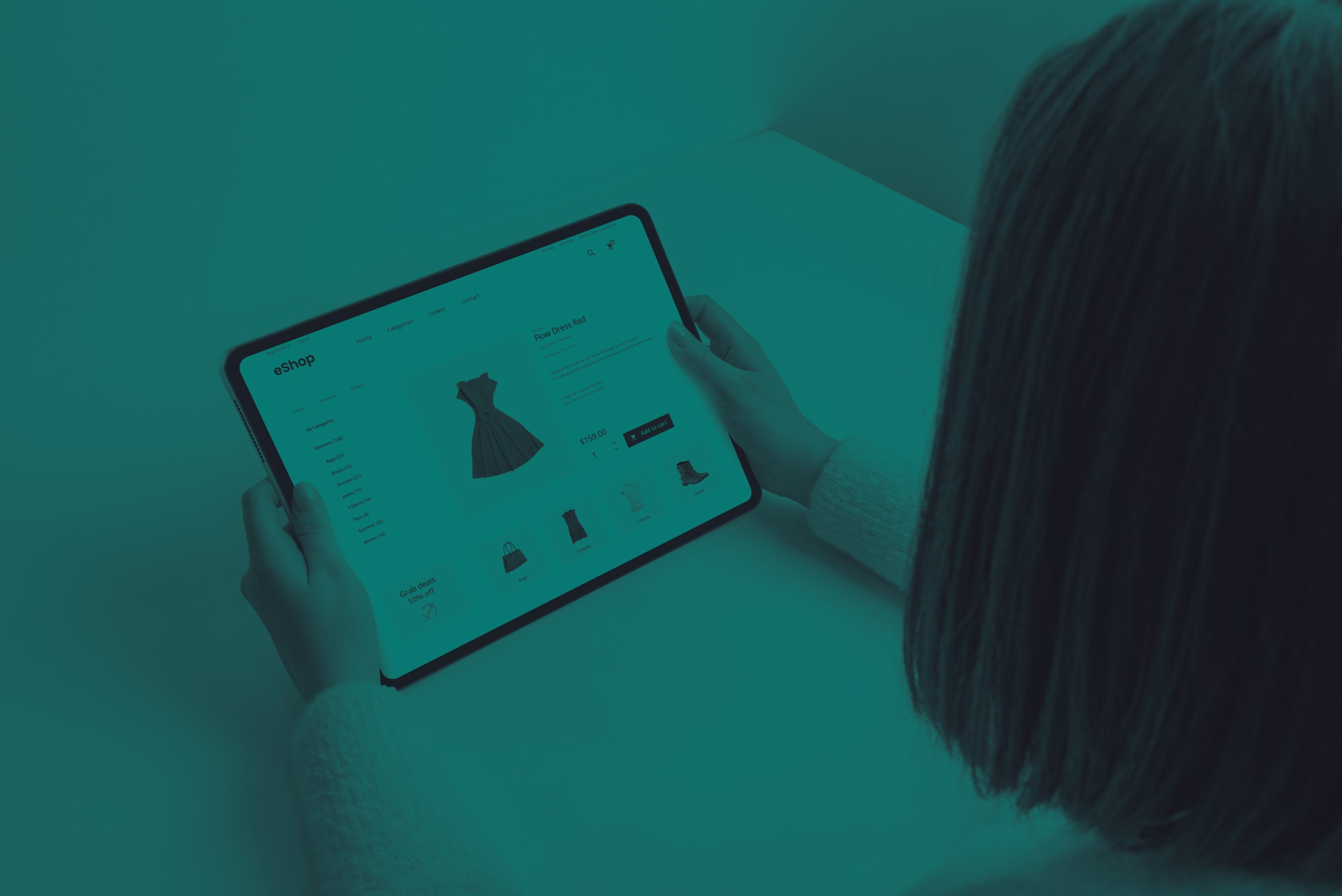As summer approaches, so do new opportunities and challenges for ecommerce brands. With more people browsing and buying online during the warmer months, this is a high-traffic season where smart decisions can drive significant returns. If your paid media strategy is set up correctly, it could be the difference between a slow summer and a record-breaking one.
Whether your goal is to scale rapidly and achieve a fivefold increase in sales, or simply to shift out of stagnation and build momentum, the months ahead offer a valuable window. Below, we’ve outlined five strategic ways to get your paid media campaigns working harder for you this summer.
1. Understand Summer Buying Behaviour
To make the most of your campaigns, you need to align with how and why consumer behaviour changes in the summer months. During this period, people’s priorities often shift—there’s more travel, more outdoor living, children are off school, and shopping habits become more spontaneous. Your campaigns, messaging and creative need to mirror these seasonal shifts to stay relevant. That might mean adjusting tone, updating imagery or rethinking what products to spotlight.
At the same time, don’t fall into the trap of assuming every day is about sunglasses and sandals. Weather patterns can be unpredictable, and demand might rise sooner than expected. Staying flexible allows you to respond quickly to sudden shifts in behaviour, giving you an edge when competitors are caught off guard.
It’s also smart to monitor what your competitors are doing. If they’re pulling back on spend, it could be your chance to gain visibility at a lower cost. But if they’re pushing aggressively, it’s essential to make sure your own strategy is sharp. Use historical data to inform your approach, stay up to date with current trends, and leave space in your budget for reactive, real-time decision-making.
2. Track What Really Matters
Many brands fall into the trap of focusing on spend rather than performance. It’s not about how much you’re investing, but about what return you’re getting from that investment.
Start by keeping a close eye on your ROAS (Return on Ad Spend), which should give you a topline view of how profitable your campaigns are. That said, be mindful that seasonal buying behaviour might skew your usual benchmarks, so don’t panic if you see some fluctuations.
Another valuable metric is conversion value. It’s not just about how many conversions you’re getting, but what each of those customers is spending. If you can identify high-performing products or categories with strong profit margins, that’s where you’ll want to double down.
Average Order Value (AOV) also becomes especially useful during summer. This is a great time to experiment with bundles, time-limited promotions, or incentives like “free shipping when you spend £50 or more.” These tactics not only increase revenue per transaction, but can also move more stock.
And of course, no strategy is complete without testing. Regularly A/B test your creative, messaging and targeting. The aim is to keep learning and adapting as you go, not waiting until the campaign ends to evaluate performance. Use automation tools from platforms like Google and Meta to assist with bidding and delivery, but remember they work best when guided by a human eye.
3. Budget and Bid With Intent
Summer often brings with it the temptation to spread budget across multiple campaigns, platforms or audiences, but that’s rarely the most effective approach. Instead, focus on what’s proven to work and scale it with purpose.
Bottom-of-funnel campaigns, which target users who are already close to converting, tend to deliver the best return on investment. This is where paid search and Performance Max campaigns really shine. With search ads, you can capture users who are actively looking for your product. Keep the message clear and directly aligned with what they’re searching for.
Performance Max is particularly useful if you have a large product catalogue and strong visual content. It allows you to appear across multiple Google channels including YouTube, Gmail, and Search, increasing your reach while targeting users based on intent and behaviour.
When deciding on your bidding strategy, take into account where your campaign sits in its lifecycle. For campaigns that are already delivering results, switching to a Target ROAS bidding model can help optimise returns further. For newer campaigns, it’s often best to start with a strategy like Maximise Conversion Value, which allows you to gather data and learn what’s working before tightening the focus.
4. Create Ads That Actually Resonate
Seasonal advertising doesn’t have to be full of clichés. In fact, the most effective ads are the ones that feel timely, relevant and genuinely human. Think beyond generic summer imagery. Instead, use visuals that speak to the mood and lifestyle of your customer during this time of year; outdoor gatherings, family time, preparing for holidays. Focus on evoking a feeling or moment that connects with your audience.
Your copy should do more than describe a product. Aim for benefit-led messaging that connects emotionally. Simple phrases like “Ready for summer?” or “Seasonal offers ending soon” can create gentle urgency without sounding pushy.
It’s also worth exploring different ad formats to match your audience’s platform preferences. Some users might respond best to product-focused reels, others to carousels or short-form videos. Don’t be afraid to test and learn.
Social proof goes a long way in building trust. Use reviews, testimonials, or even user-generated content that shows your product being used in real-life summer scenarios. These authentic moments help your ads feel more relatable and credible, which can make all the difference when a customer is deciding whether to click or scroll on.
5. Target (and Retarget) Smarter
Not all traffic is good traffic. During high-demand periods, it’s more important than ever to ensure you’re reaching the right people. That starts with smarter targeting. Use platform tools to refine your audience based on behaviours, interests, locations, and past interactions.
Seasonal moments such as bank holidays, school breaks or festivals are ideal for running time-sensitive campaigns that feel highly relevant. Tie your messaging to these events to boost engagement and conversion.
Retargeting should also be a core part of your strategy, but it needs to be done carefully. Show returning visitors the exact product they previously viewed, or tempt them back with an exclusive summer offer. Dynamic retargeting works well here, as it allows for a more personalised and seamless experience.
And don’t forget to optimise for mobile. During summer, people are on the move—scrolling in the park, on the sofa, even on holiday. Your ads need to look great and load fast across all devices, particularly mobile. If you’re not meeting your audience where they are, your competitors will.
Final Word: Stay Agile, Stay Profitable
Summer can be a noisy season, with plenty of brands competing for attention. But it’s also one of the most fruitful times of year if you’ve got the right strategy in place. Your customers are browsing, your competitors are spending, and the brands that plan well now will be the ones that stay front of mind, and cart.
If you want help making your summer strategy count, we’re here for it.
At Qoob, we work with emerging ecommerce and DTC brands to develop paid media strategies that do more than drive traffic. They drive meaningful, measurable growth.
Contact us today and let’s make this your most profitable summer yet.




